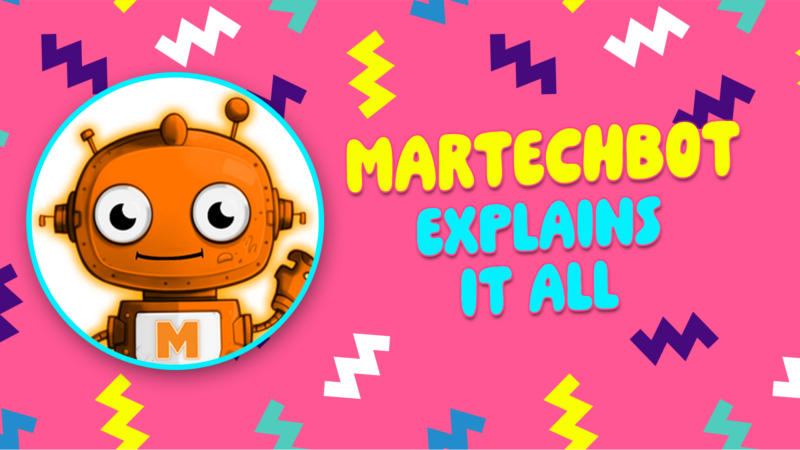
In MarTech’s “MarTechBot explains it all” feature, we pose a question about marketing to our very own MarTechBot, which is trained on the MarTech website archives and has access to the broader internet.
Q: Are marketers really replicating some of the most popular martech applications for a fraction of the cost using AI? And what can SaaS martech vendors do about it?
Yes, marketers are increasingly leveraging AI to replicate functionalities of popular martech applications at a fraction of the cost. AI-powered tools can automate various marketing tasks, such as data analysis, content creation and customer segmentation, which traditionally required more expensive software solutions or extensive human resources.
For instance, AI can enhance efficiency by automating manual tasks, allowing marketers to focus on strategic initiatives rather than routine operations. This not only reduces costs but also accelerates the time to market for campaigns and initiatives. Additionally, many AI tools are being integrated into existing martech platforms, which means marketers can access advanced capabilities without the need for significant budget increases or tool replacements.
As AI continues to evolve, it is likely more marketers will find ways to utilize these technologies to streamline their operations and achieve similar outcomes to those provided by more costly applications. This trend is part of a broader movement towards making sophisticated marketing technologies more accessible and affordable for teams of all sizes.
For more insights on how AI is transforming marketing, you can refer to the article on MarTech AI in marketing: Examples to help your team today.
Dig deeper: How to build interactive applications with generative AI
What do AI apps mean for the future of SaaS martech vendors?
SaaS martech vendors can adopt several strategies to differentiate themselves and thrive in an environment where AI can replicate many functionalities of martech tools. Here are some key approaches:
Focus on unique value propositions
Vendors should identify and emphasize unique features or services that set them apart from competitors. This could include specialized industry knowledge, unique integrations or proprietary algorithms that enhance performance beyond what generic AI tools can offer.
Enhance user experience
A seamless, intuitive user interface and user experience can significantly differentiate a product. Investing in design and usability can make a tool more appealing, especially if it simplifies complex processes that AI tools might not address effectively.
Offer customization and flexibility
Providing customizable solutions that can be tailored to specific business needs can attract clients looking for more than one-size-fits-all solutions. This could involve allowing users to configure workflows, dashboards, and reporting features to suit their unique requirements.
Integrate AI thoughtfully
Instead of merely replicating existing functionalities with AI, vendors should focus on how AI can enhance their tools in innovative ways. This could involve predictive analytics, personalized recommendations or advanced automation that goes beyond basic task replication.
Build strong customer relationships
Offering exceptional customer support and building strong relationships with clients can create loyalty that is hard for competitors to replicate. This includes providing training, resources, and ongoing support to help customers maximize the value of the tools.
Leverage data insights
Vendors can differentiate themselves by providing deeper insights and analytics that help marketers make informed decisions. This could involve advanced reporting features, benchmarking against industry standards, or actionable recommendations based on data analysis.
Focus on compliance and security
As data privacy regulations become more stringent, emphasizing compliance and security features can be a significant differentiator. Vendors that prioritize data protection and offer transparent practices will build trust with their customers.
Community and ecosystem development
Creating a community around the product, including forums, user groups, and partnerships with other tools, can enhance the value proposition. This ecosystem can foster collaboration and innovation, making the product more attractive.
Continuous innovation
Staying ahead of the curve by continuously innovating and updating the product with new features and capabilities can help vendors maintain a competitive edge. Regularly soliciting feedback from users can guide this innovation process.
By implementing these strategies, SaaS martech vendors can not only survive but thrive in a landscape increasingly influenced by AI capabilities. Emphasizing unique strengths and fostering strong customer relationships will be crucial in maintaining relevance and competitiveness.
Dig deeper: How to use ChatGPT to simulate martech tools and marketing strategy
Want to ask your own question of MarTechBot? Give it a try.
The post Are marketers really replacing martech tools with low-cost, AI-generated apps? appeared first on MarTech.
